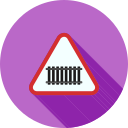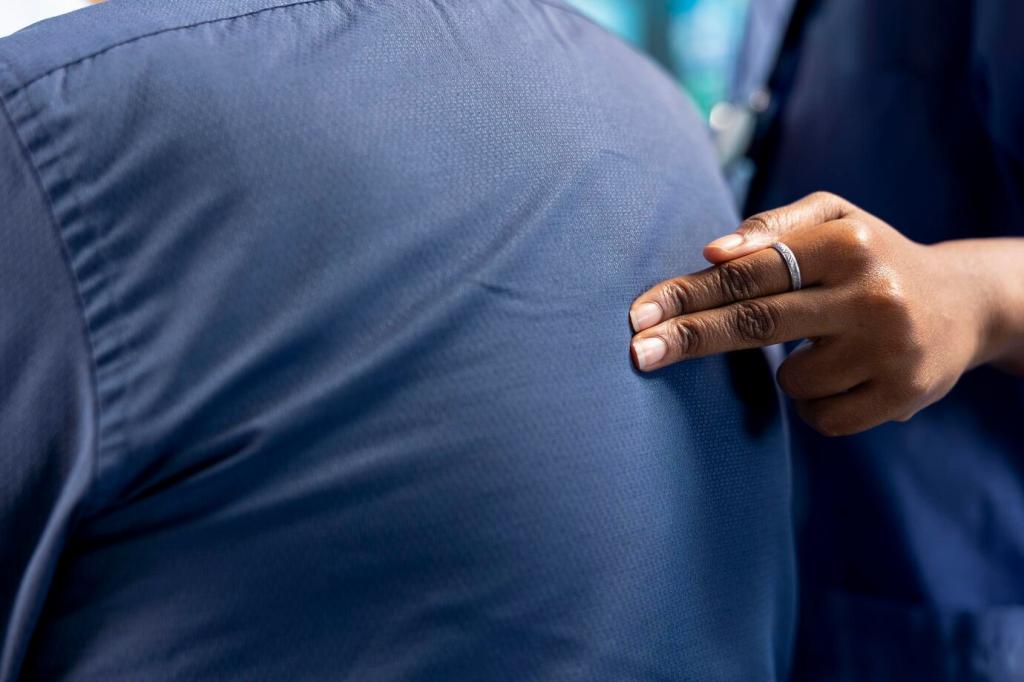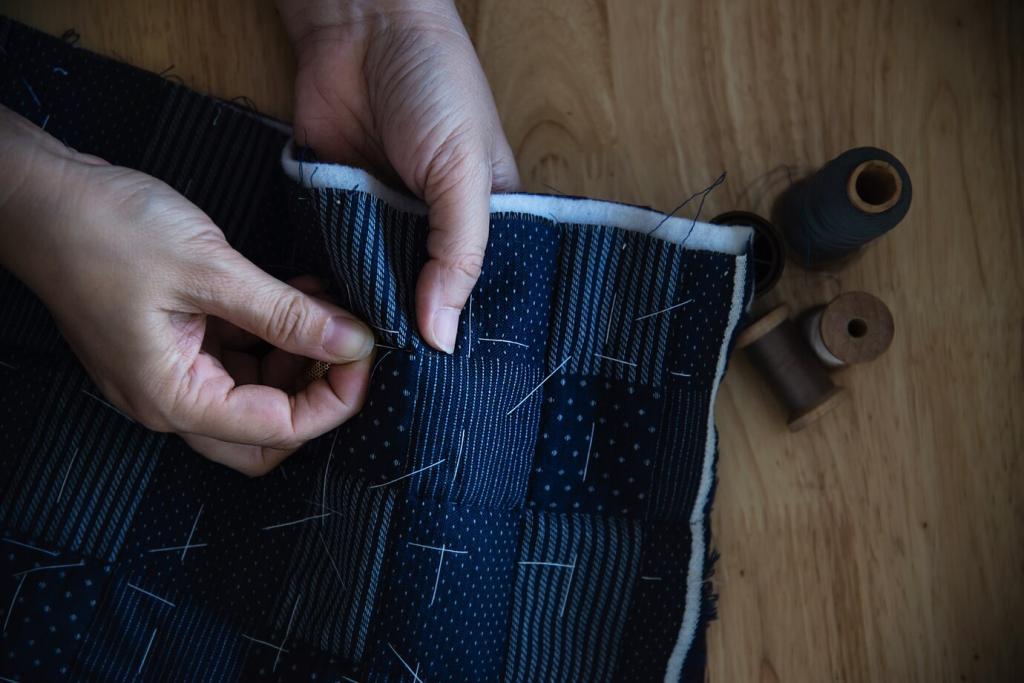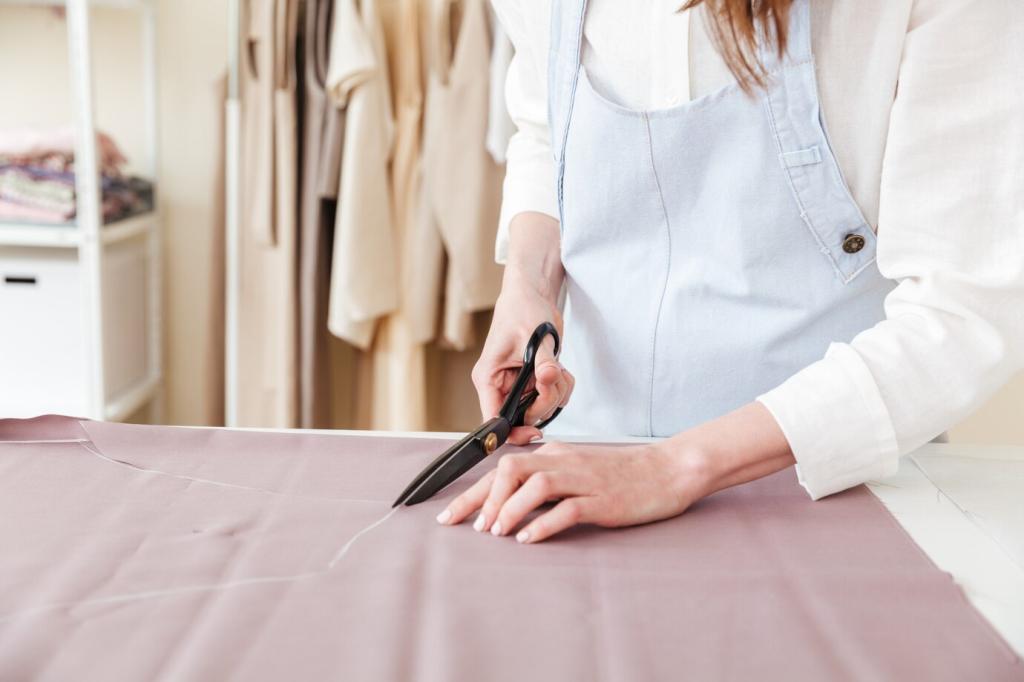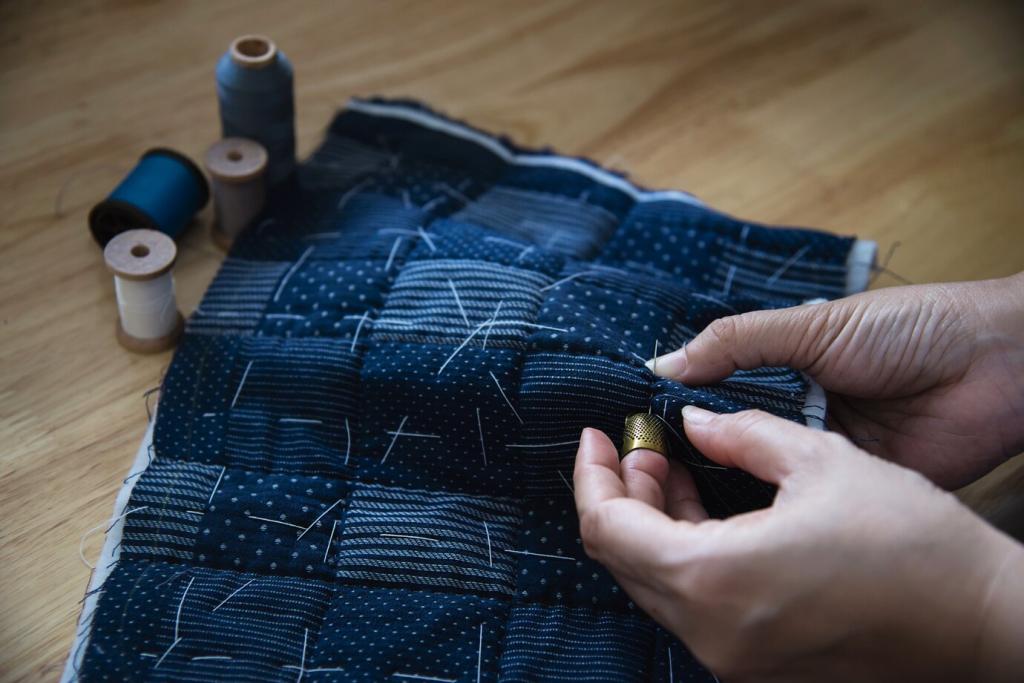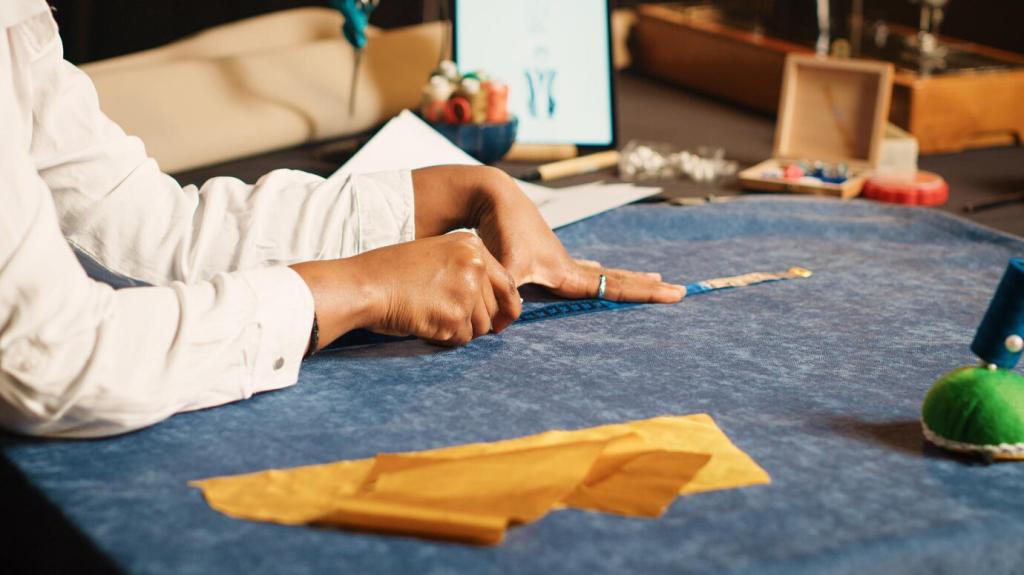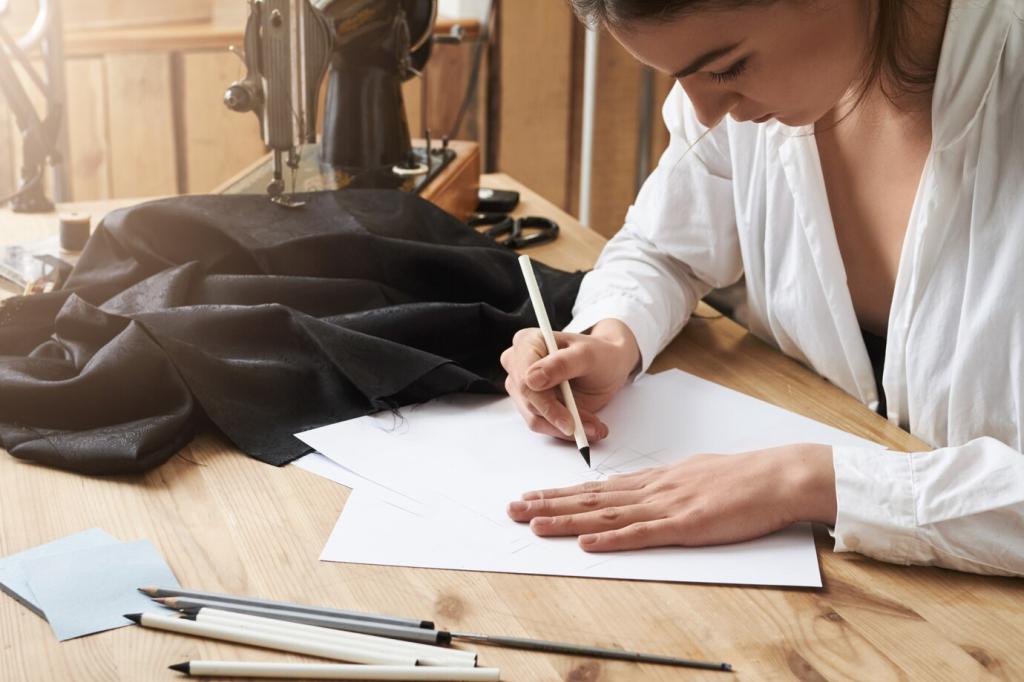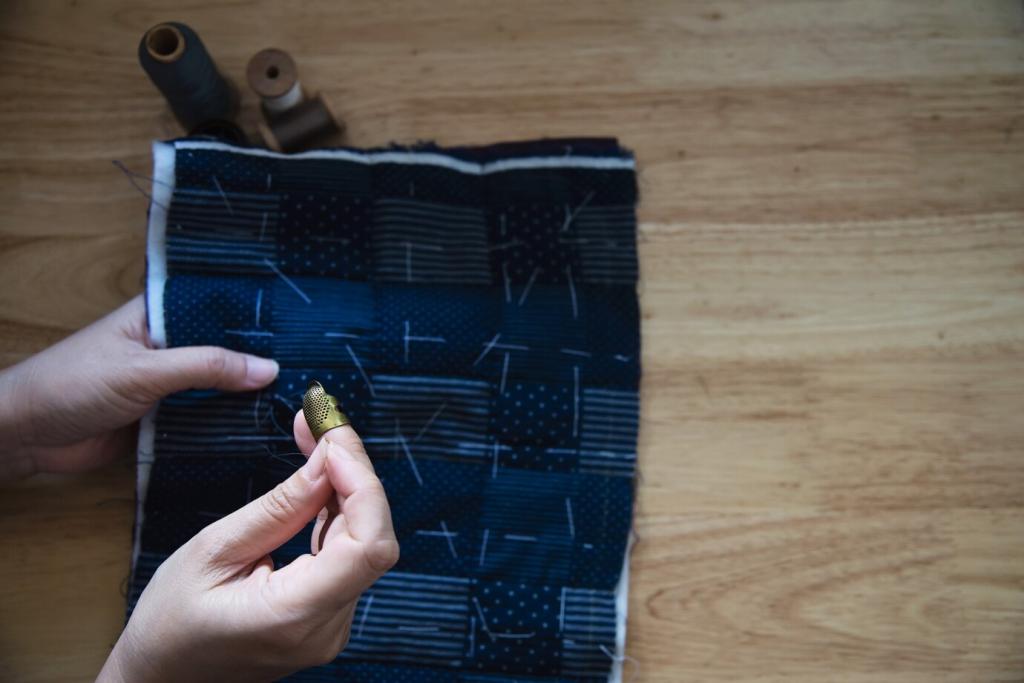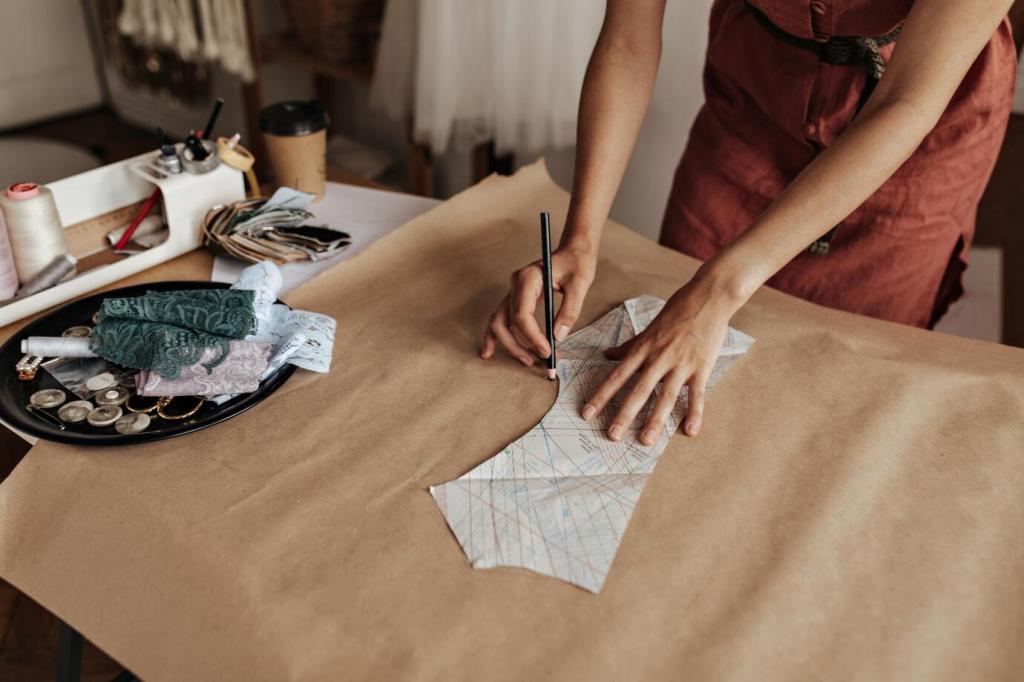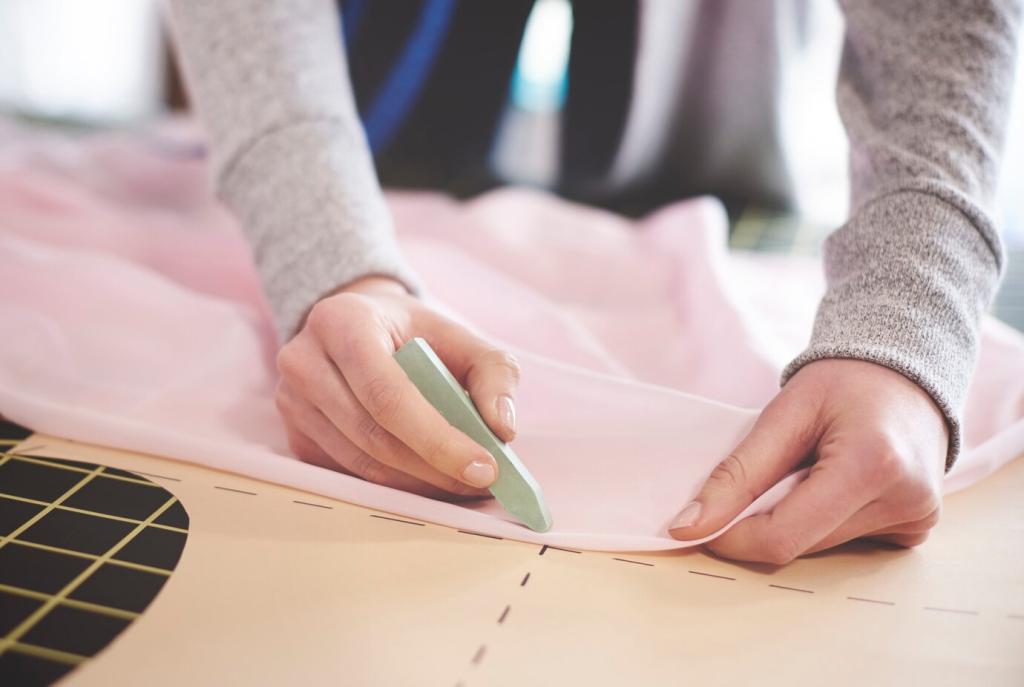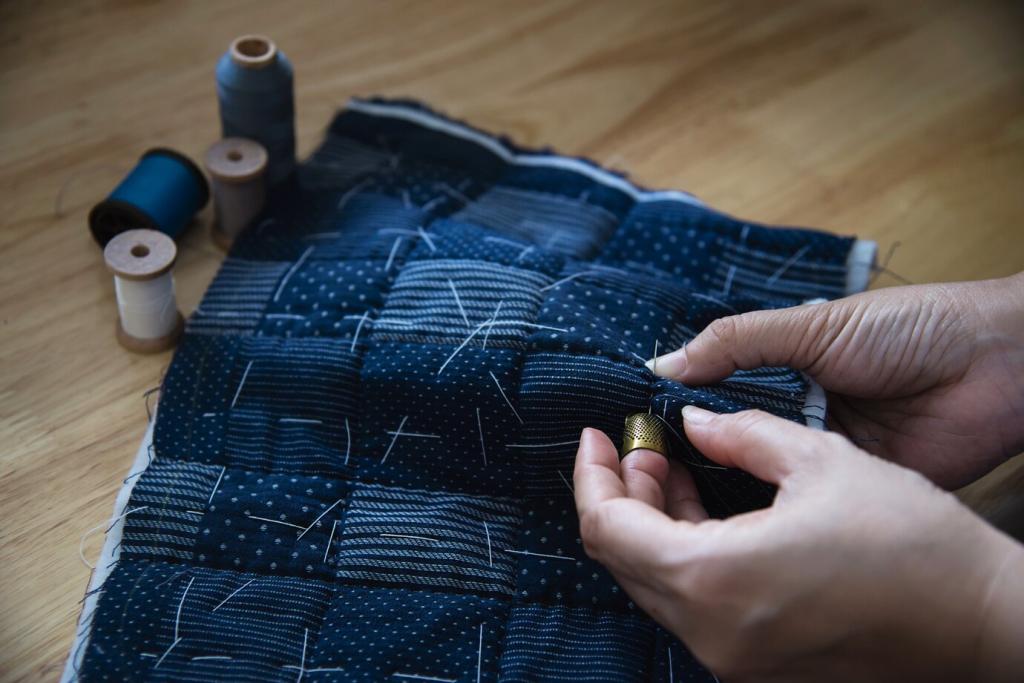Ironing, Steaming, And Wrinkle Management
One dot signals low heat for synthetics; two for blends; three for sturdy naturals. If the iron symbol is crossed, skip ironing entirely and use gentle reshaping or professional pressing alternatives.
Ironing, Steaming, And Wrinkle Management
Even if steaming seems safe, some chairs rely on adhesives and batting that soften with heat. If the symbol restricts steam, avoid garment steamers around seams, welt cords, and tufted buttons.
Ironing, Steaming, And Wrinkle Management
When ironing permitted covers, use a clean pressing cloth and iron on the reverse side. This prevents shine, protects texture, and keeps embroidery or pile fabrics from flattening into glossy patches.
